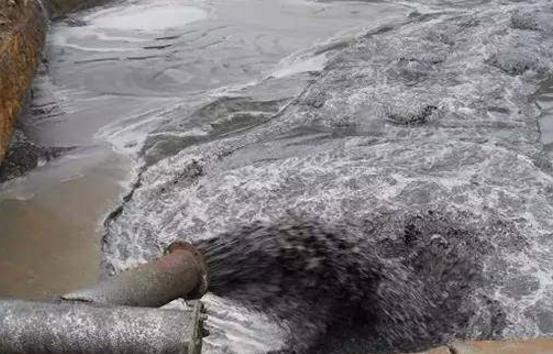Thousands of kilometers away from Nantong Economic and Technological Development Zone, the black and smelly paper-making pulping wastewater is being continuously transferred from Oji Paper Co., Ltd. to Nengda Water Company. After pretreatment, membrane filtration, evaporative crystallization and other processes, Turn into trickle flow and recyclable industrial salt and dry mud. This set of equipment with a daily capacity of 40,000 tons has been operating steadily for more than 3 years. Behind all this is the "zero emission" technology demonstrated by the membrane science team of Nanjing University of Technology.

"After testing, the indicators of the water discharged after purification are close to natural water, which is harmless to the human body and can be reused."
On the other end of the phone, it was Hulunbeier at -30 ℃. In the sewage treatment workshop of Beifang Pharmaceutical, Yu Xiaofeng, the manager of the company's environmental protection department, happily told reporters that because of the support of the ultrafiltration purification system, the largest antibiotic raw material company in China will be able to ensure production in early March.
Behind the "convention" is the dispute between environmental protection and development
Qidong is a small county town at the mouth of the Yangtze River. It is surrounded by water on three sides and is rich in aquatic products.
Five years ago, when Jiangsu Prince Paper Co., Ltd. reported to Qidong that a pulping wastewater discharge pipeline would be built, generations of people living on fisheries began to worry that the papermaking pulping wastewater would affect the ecology and offshore fish farming.
The public believes that papermaking wastewater is discharged directly into the sea, polluting the environment, endangering the ecology, and destroying fishery resources. In the industry, it is an international "practice" to treat paper-making and pulping wastewater directly into the sea after treatment. Wang's subsidiary is the world's third-largest paper-making enterprise in Asia. It uses the same process and treatment methods in Japan and other developed countries.
Experts said that although a number of industrial projects, including the paper industry, met the discharge standards, the damage to the water environment is still not small. In the long run, the water body will inevitably be overwhelmed. This is a conflict between development and protection, economic benefits and ecological benefits.
In order to help localities and enterprises get out of the predicament, the membrane science team headed by Academician Xu Nanping of Nanjing University of Technology took the initiative to take over and took over the worldwide technical problem of "zero discharge" of papermaking and pulping wastewater.
"Zero discharge of pulping tail water was generally considered impossible by the industry at home and abroad at that time." Yang Gang, the project implementer and professor of the Institute of Membrane Science and Technology of Nanjing University of Technology, said.
The task they will complete is 24/7 unconditional operation, turning the pulping wastewater into recyclable reclaimed water, industrial salt and dry sludge, so as to realize the full recycling of wastewater.
"Zero discharge" of pulping wastewater is not a fantasy
"To achieve 'zero discharge', it is very important to scientifically lock the composition of the pulping wastewater." Yang Gang introduced that due to the complex composition of the pulping wastewater, the water quality is worse than the research group imagined.
In the past, there were three major technical obstacles that could not be overcome in the treatment of papermaking and pulping wastewater: First, the composition was complex, with 300-600 substances, especially containing large amounts of colloidal substances, lignin, short fibers, etc., which easily caused nano-scale membrane filtration It needs to be replaced within 3 months due to clogging, and the cost is extremely high. Second, it contains high concentrations of organic matter, which makes dehydration incomplete and the by-product salts cannot crystallize. Third, the odor during the pretreatment process is difficult to control and affect the environment.
On the basis of scientific analysis of water samples, the team proposed a complete design process.
The process of this set of equipment is divided into three processes: pretreatment, membrane integration and evaporative crystallization. Each process contains many complex technologies and processes, which are interlocking and indispensable. For example, in the pretreatment, scientific researchers use biofilm degradation technology, which can not only remove the odor, but also effectively solve the problem of filter membrane fouling and clogging.
Editor in charge: Liu Qingqing
Hair Care And Styling Tools,Hair Care,Styling Tools,Hair Styling Tools
Zhongshan Okay Technology Co., Ltd , https://www.okaygroup.com
